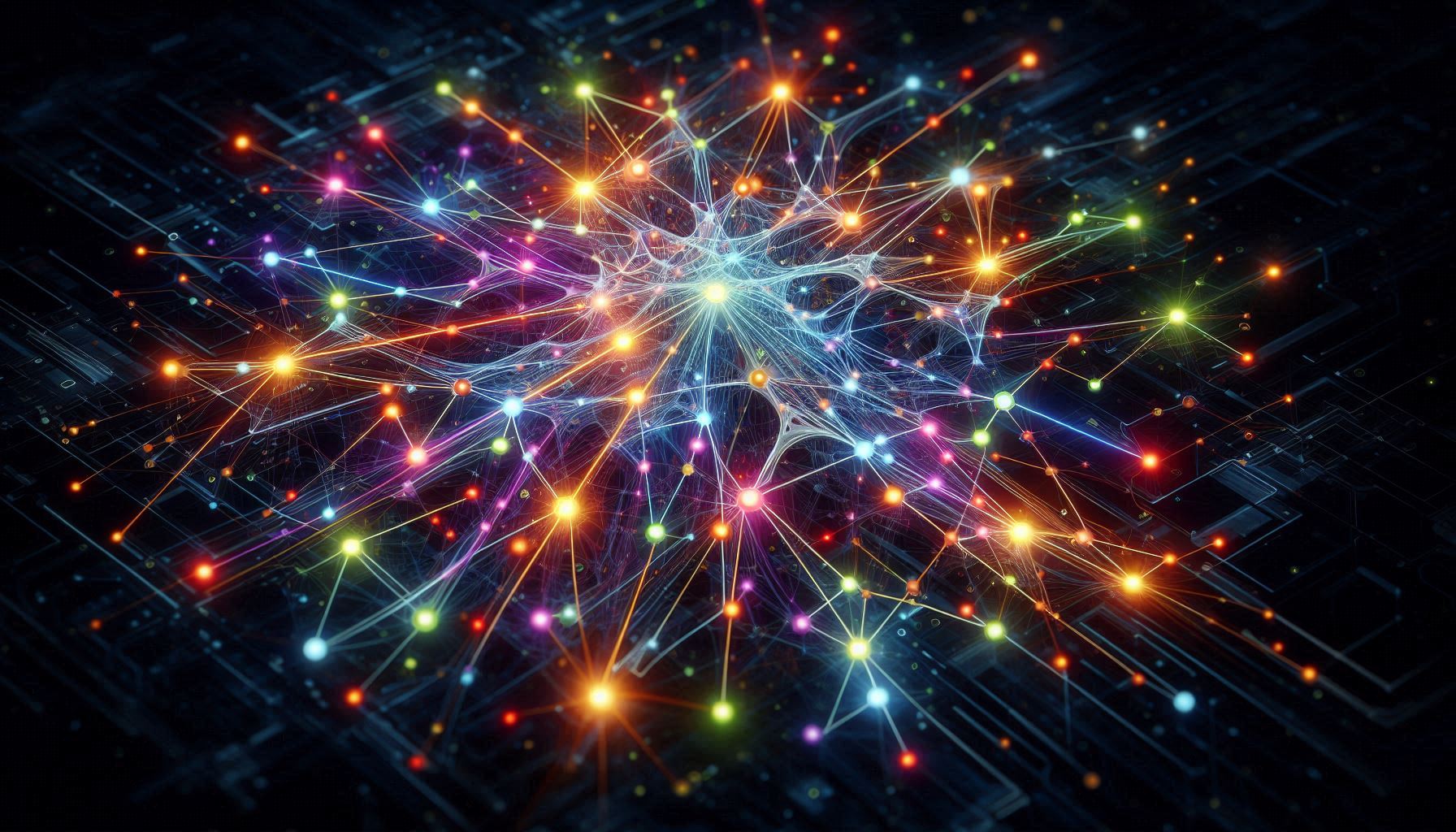Attention Mechanisms in 2025: Beyond Transformers
Explore modern attention mechanism architectures and how they compare to traditional transformer patterns in large language models.
Chad Jipiti
AI Researcher

Attention Mechanisms in 2025: Beyond Transformers
Transformer architectures have long been the go-to solution for large language models. But as AI research has evolved, so have attention mechanism patterns and architectures. In this article, we'll explore modern alternatives and when you might want to use them.
The Evolution of Attention Mechanisms
When neural networks were first applied to NLP tasks, attention was primarily handled through simple mechanisms like Bahdanau attention. As models grew more complex, transformer architectures emerged with their multi-head self-attention to provide better context understanding and parallelization. While transformers solved many problems, they also introduced computational complexity and scaling challenges.
Fast forward to 2025, and we have several robust alternatives that offer different trade-offs in computational efficiency, contextual understanding, and scalability.
Modern Attention Mechanism Solutions
1. Sparse Attention
Sparse attention mechanisms reduce computational complexity by focusing only on the most relevant tokens rather than the entire sequence:
# Implementation of Sparse Attention in PyTorch
class SparseAttention(nn.Module):
def __init__(self, dim, heads=8, sparsity=0.1):
super().__init__()
self.dim = dim
self.heads = heads
self.sparsity = sparsity
self.scale = (dim // heads) ** -0.5
self.to_qkv = nn.Linear(dim, dim * 3, bias=False)
self.to_out = nn.Linear(dim, dim)
def forward(self, x):
b, n, _, h = *x.shape, self.heads
qkv = self.to_qkv(x).chunk(3, dim=-1)
q, k, v = map(lambda t: rearrange(t, 'b n (h d) -> b h n d', h=h), qkv)
# Calculate attention scores
scores = torch.matmul(q, k.transpose(-1, -2)) * self.scale
# Keep only top-k values
top_values, _ = torch.topk(scores, int(n * self.sparsity), dim=-1)
vmin = top_values[..., -1].unsqueeze(-1)
# Apply sparse mask
mask = scores >= vmin
scores = scores.masked_fill(~mask, -1e9)
# Softmax and apply to values
attn = torch.softmax(scores, dim=-1)
out = torch.matmul(attn, v)
return self.to_out(rearrange(out, 'b h n d -> b n (h d)'))
2. Linear Attention
Linear attention mechanisms reduce the quadratic complexity of standard attention to linear complexity:
import torch
import torch.nn as nn
import torch.nn.functional as F
class LinearAttention(nn.Module):
def __init__(self, dim, heads=8):
super().__init__()
self.dim = dim
self.heads = heads
self.head_dim = dim // heads
self.to_qkv = nn.Linear(dim, dim * 3, bias=False)
self.to_out = nn.Linear(dim, dim)
def forward(self, x):
b, n, d = x.shape
h = self.heads
# Get queries, keys, values
q, k, v = self.to_qkv(x).chunk(3, dim=-1)
# Reshape for multi-head attention
q = q.reshape(b, n, h, self.head_dim).permute(0, 2, 1, 3)
k = k.reshape(b, n, h, self.head_dim).permute(0, 2, 3, 1)
v = v.reshape(b, n, h, self.head_dim).permute(0, 2, 1, 3)
# Apply feature map for linearization
q = F.elu(q) + 1
k = F.elu(k) + 1
# Linear attention computation
context = torch.matmul(v, k).transpose(-1, -2)
out = torch.matmul(context, q)
# Reshape and project to output dimension
out = out.permute(0, 2, 1, 3).reshape(b, n, d)
return self.to_out(out)
3. Gated Attention
Gated attention adds learnable parameters to control information flow:
import torch
import torch.nn as nn
import torch.nn.functional as F
class GatedAttention(nn.Module):
def __init__(self, dim, heads=8):
super().__init__()
self.dim = dim
self.heads = heads
self.head_dim = dim // heads
self.to_qkv = nn.Linear(dim, dim * 3, bias=False)
self.gate = nn.Linear(dim, heads)
self.to_out = nn.Linear(dim, dim)
def forward(self, x):
b, n, d = x.shape
h = self.heads
# Get queries, keys, values
q, k, v = self.to_qkv(x).chunk(3, dim=-1)
# Reshape for multi-head attention
q = q.reshape(b, n, h, self.head_dim).permute(0, 2, 1, 3)
k = k.reshape(b, n, h, self.head_dim).permute(0, 2, 1, 3)
v = v.reshape(b, n, h, self.head_dim).permute(0, 2, 1, 3)
# Calculate attention scores
scores = torch.matmul(q, k.transpose(-1, -2)) / (self.head_dim ** 0.5)
# Calculate gates
gates = torch.sigmoid(self.gate(x)).reshape(b, n, h, 1)
# Apply gates to attention weights
attn = F.softmax(scores, dim=-1) * gates
out = torch.matmul(attn, v)
# Reshape and project to output dimension
out = out.permute(0, 2, 1, 3).reshape(b, n, d)
return self.to_out(out)
4. Hierarchical Attention
Developed by researchers at DeepMind, hierarchical attention processes information at multiple scales:
import torch
import torch.nn as nn
class HierarchicalAttention(nn.Module):
def __init__(self, dim, heads=8, levels=3):
super().__init__()
self.dim = dim
self.heads = heads
self.levels = levels
# Create attention modules for each level
self.attention_layers = nn.ModuleList([
MultiHeadAttention(dim, heads)
for _ in range(levels)
])
# Projections between levels
self.level_projections = nn.ModuleList([
nn.Linear(dim, dim)
for _ in range(levels-1)
])
self.final_projection = nn.Linear(dim * levels, dim)
def forward(self, x):
b, n, d = x.shape
outputs = []
current = x
# Process through each level
for i in range(self.levels):
# Apply attention at current level
attended = self.attention_layers[i](current)
outputs.append(attended)
# Project to next level if not the last one
if i < self.levels - 1:
# Downsample for the next level
current = self.level_projections[i](attended[:, ::2, :])
# Upsample and concatenate all levels
final_output = torch.cat([
F.interpolate(
output.transpose(1, 2),
size=n
).transpose(1, 2)
for output in outputs
], dim=-1)
return self.final_projection(final_output)
Choosing the Right Attention Mechanism
The best attention mechanism depends on your specific model needs:
- Small to medium models: Standard transformer attention may still be sufficient
- Large models with long sequences: Consider sparse or linear attention to reduce computational complexity
- Models requiring fine-grained control: Gated attention can provide more control over information flow
- Multi-scale tasks: Hierarchical attention excels at capturing information at different levels of detail
- Computational constraints: Linear attention offers significantly better inference speed on edge devices
Conclusion
Transformer-based attention still has its place in the AI ecosystem, but it's no longer the only viable option for large language models. By understanding the trade-offs of different attention mechanisms, you can choose the right architecture for your specific needs.
As models continue to grow in size and applications demand better efficiency, these alternative attention mechanisms will become increasingly important. Remember that the best attention mechanism is often the one that optimally balances computational efficiency with model performance for your specific task.